Having an unlevel pool can be a huge headache for any homeowner. It not only affects the way your pool looks, but it also leads to costly damage from having one side of the water deeper than the other side. From detached coping and sideways liner shifts to wrinkles and pulled seams, there are many situations that arise when you have an unlevel in-ground pool.
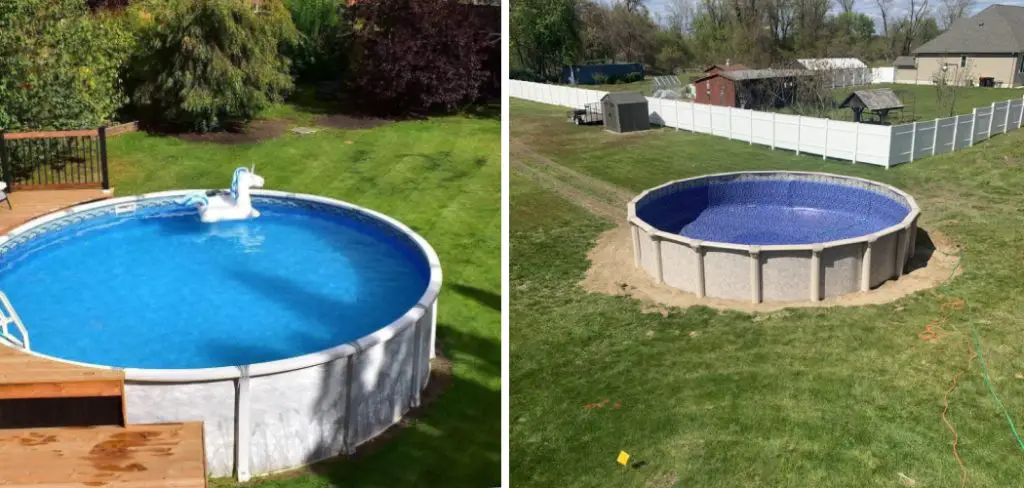
Whether it’s a new installation or an existing pool, fixing an unlevel in-ground pool is relatively simple and straightforward.
Fortunately, proper maintenance can help you fix or prevent potential issues before they worsen — allowing you to avoid costly repairs and keep your pool pristine all season long! Keep reading to find out how to recognize signs of an uneven in-ground pool, along with practical tips for how to fix unlevel inground pool.
What Will You Need?
To fix an unlevel in-ground pool, you’ll need a few basic tools and materials. This includes:
- A shovel
- A level or bubble tool
- Sandbag weights
- Polyurethane foam or epoxy sealant (depending on the issues)
- A spirit level and a jigsaw
- Some trowels and a garden hose
Identifying the Problem Areas
The first step towards fixing an unlevel in-ground pool is to identify the problem areas. You can do this by using a level or bubble tool and checking the entire pool surface. Any corners, edges, slopes, or bumps on either side of the pool should be checked and marked.
Once you have identified the problem areas, the next step is to ensure your equipment is set up properly and ready to go.
10 Easy Steps on How to Fix Unlevel Inground Pool
Step 1. Fill Spots With Sand:
The first step to fixing an unlevel in-ground pool is to fill any spots or dips with sand. This will help even out any uneven areas and provide a solid base for your pool’s structure. As you fill, use a spirit level to ensure that the surface is as even as possible.
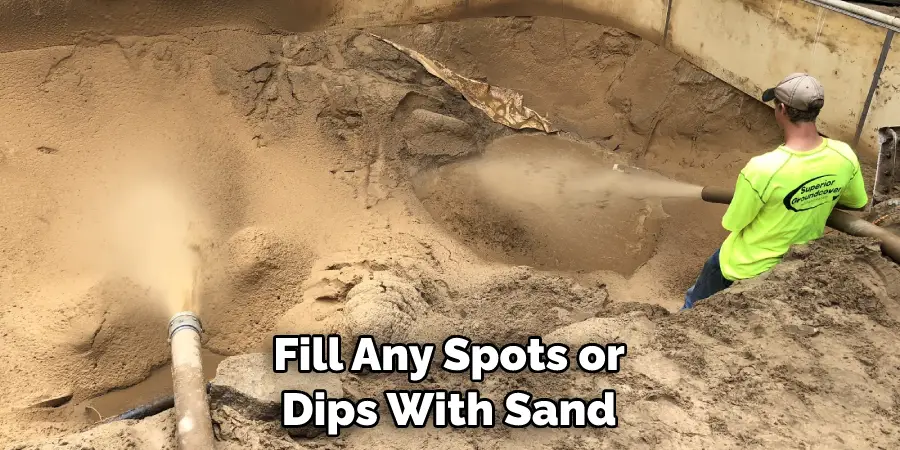
Step 2. Place Sandbags:
Once the area has been filled with sand, you can begin placing sandbags in areas that are uneven. You should use sandbags of different sizes and weights to ensure that you can make any necessary adjustments. If you’re having trouble finding the right size, try using a jigsaw to cut them to fit your needs.
Step 3. Level the Pool Deck:
In order to level the pool deck, you will need to adjust the sandbags as needed until your desired level is achieved. Use a spirit level to check if it is level and place it on the pool deck. It will move if the area is not level.
Step 4. Check for Settling:
Once you’ve achieved your desired level, check to make sure that the area isn’t going to settle further once the sandbags have been removed. If there is any settling, simply add more sandbags or make any necessary adjustments. Don’t forget to also check the surrounding areas of your pool for any possible settling.
Step 5. Cut Out Problem Areas:
If you’ve identified any problem areas that are still too deep or too shallow, cutting out those areas and filling them in with more sand or foam may be necessary. Use a jigsaw to cut out the affected areas and use a trowel to spread the sand or foam. Be careful not to fill the area too high, as this can lead to future problems.
Step 6. Re-Level:
Once you’ve filled in any problem areas, use a level or bubble tool to check the new height and adjust accordingly until it is even with the surrounding area. You can also use a garden hose to check for any bumps or dips in the surface. This will help you identify any low spots that may still be present.
Step 7. Seal It:
Depending on the issue, you may need to seal the area with a polyurethane foam or epoxy sealant. This will help to prevent any moisture from seeping into the pool and causing further damage. Additionally, it will help keep the pool looking great and ensure that it will last for years.
Step 8. Allow Time For Drying:
Once you’ve applied the sealant, allowing enough time to dry completely before adding water to the pool is important. Follow the instructions on the sealant’s packaging and allow enough time for it to dry before continuing to the next step. As a general rule of thumb, it’s best to wait at least 24 hours.
Step 9. Add Water:
Once everything is dry and level, you can add water to your pool. Make sure that you are adding water slowly so that it doesn’t cause any further damage to the pool walls or floor. Keep checking the surface with a level or bubble tool to ensure it is still even.
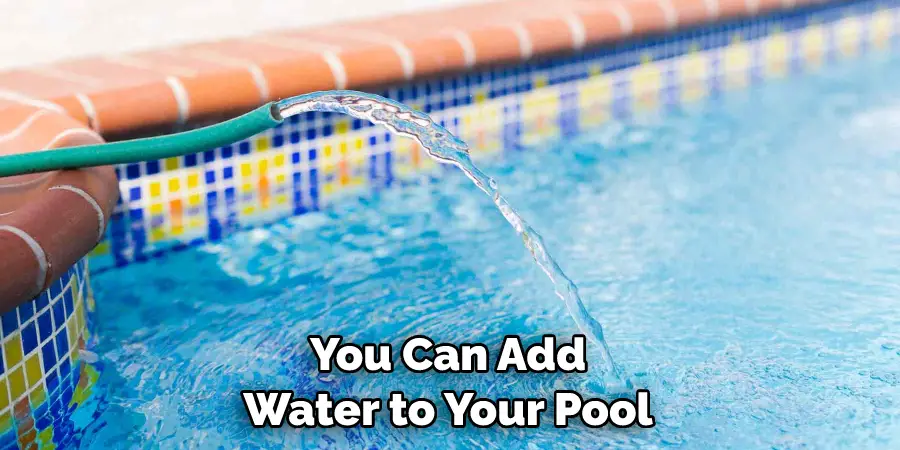
Step 10. Monitor:
After adding water to your pool, constantly monitoring the area for any potential issues or damages is important. Be sure to check on the level of your pool regularly and make adjustments as necessary. Remember, prevention is key to keeping your pool in top condition!
These simple steps will help you quickly and easily fix an unlevel in-ground pool quickly and easily. Keeping your pool properly maintained helps improve its appearance and prevents costly damages from occurring down the road. With some patience and these simple steps, you can have a beautiful, level, in-ground pool that everyone will enjoy!
5 Additional Tips and Tricks
- Always remember to check the level of your pool regularly — even if you’ve just finished fixing it. This will help to ensure that any adjustments that need to be made can be made quickly and easily.
- Use large sandbags for areas that require more weight or force and smaller sandbags for more delicate areas or slopes.
- If you’re unsure how to fix a particular issue, don’t hesitate to contact a professional pool company or technician for help.
- To prevent future issues, always ensure your pool is cleaned and cared for properly. This includes cleaning it regularly and checking the levels of the chemical frequently.
- Before attempting to fix an unlevel in-ground pool, make sure that you read up on all the necessary instructions and safety precautions. This will help ensure that you’re taking the proper steps to fix the issue without causing further damage.
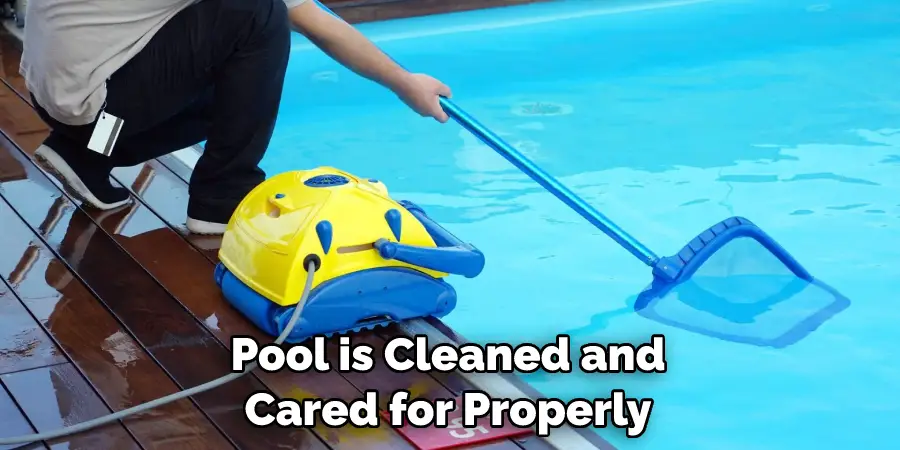
Fixing an unlevel in-ground pool doesn’t have to be a daunting task. With the right tools and information, you can easily fix any issue that may arise — allowing you to enjoy your pool for years to come! So don’t wait — get started on fixing that unlevel in-ground pool today!
5 Things You Should Avoid
- Don’t use too much force when trying to level the pool. This can cause damage to the pool walls or floor and could end up costing you a lot of money in repairs.
- Don’t add water to your pool before it is scorched and leveled — this could lead to further damage, such as cracks, leaks, or sinking.
- Don’t use a jigsaw to cut out large areas of the pool — this could cause irreparable damage to your pool and will require costly repairs.
- Don’t forget to check the level of your pool regularly — this will help you catch any potential issues or damages right away before they become more serious.
- Don’t attempt to fix an unlevel in-ground pool without researching — this could lead to even more damage and costly repairs.
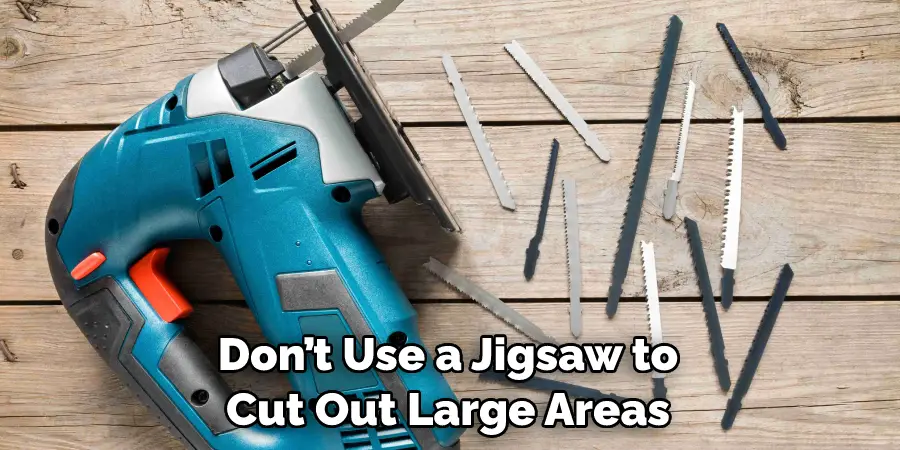
These simple tips can help you avoid any major issues or damages while attempting to fix an unlevel in-ground pool. Make sure that you follow these steps, and get started on fixing your pool today!
Can You Level a Pool Full With Water?
The answer to this question is no — it’s not recommended that you attempt to level a pool full of water. The process of leveling an in-ground pool can be quite complicated and time consuming, and attempting to do so while the pool is filled with water can cause excessive pressure and potentially damage the walls or floor.
For these reasons, emptying the pool before starting your leveling process is always best. Once you’ve emptied the pool, you can address any unlevel areas and make any necessary adjustments.
With that being said, there are some methods of “patching” an unlevel area while the pool is filled with water. This involves using a special epoxy or polyurethane foam designed to fill in any low spots. However, this process should only be used as a last resort — it’s best to empty the pool and make any necessary adjustments before filling it with water.
Conclusion
Ultimately, fixing an unlevel inground pool requires time and attention to detail. Doing a little math here and there, ensuring the ground is properly prepared for digging out and using the necessary equipment and materials can go a long way toward completing the project and ensuring that it meets safety standards.
Taking this time to make sure every step of the process is done correctly will ensure that you don’t have any issues down the line. And while fixing an unlevel inground pool can seem intimidating, taking your time and following simple instructions can complete it for any homeowner. With patience and effort, you will soon have a perfectly level pool that’s been done right.
Hopefully, the article on how to fix unlevel inground pool has provided you with the information needed to get started. Now all that’s left to do is put in the work, and soon enough, you’ll have a level pool ready for summer swimming! Good luck, and happy fixing!
You Can Check It Out to Repair Concrete Pool Deck
